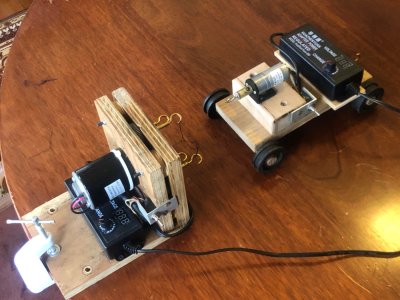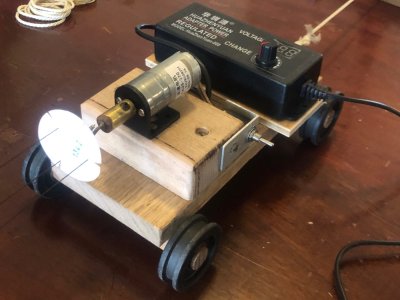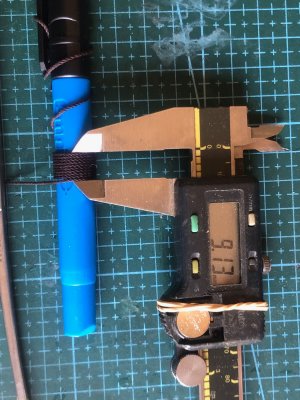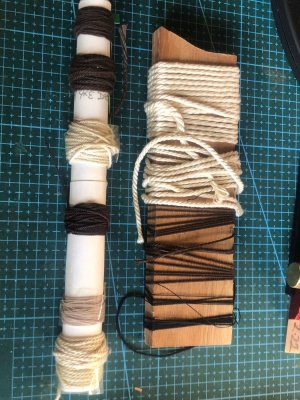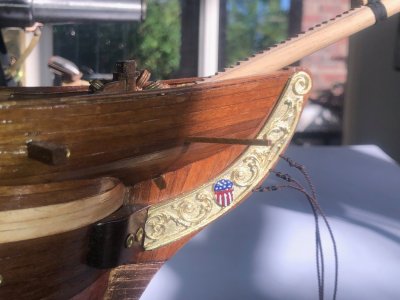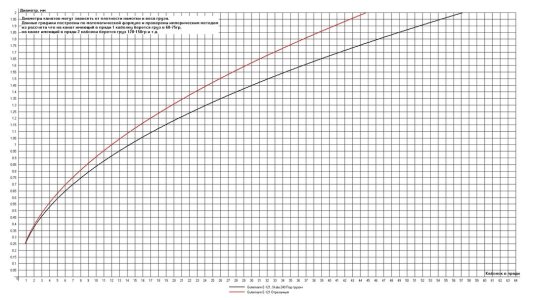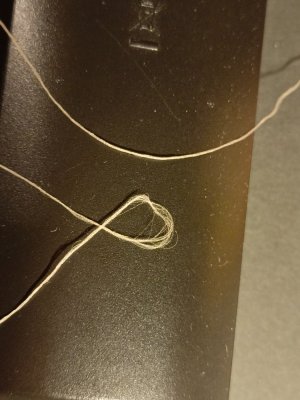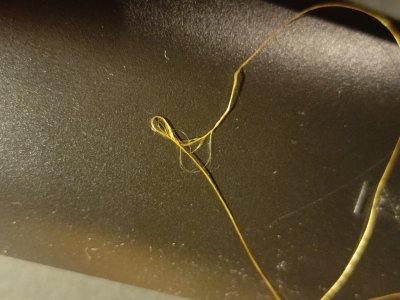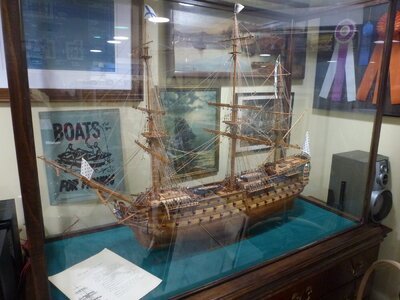As smaller scales are not unusual, does anyone make rope for scales such as 1:96? Using a 74 gun ship as an example the top gallant buntlines would be 0.11mm diameter and the braces about 0.19mm. Smaller rates would be even smaller. I am guessing thread will be needed versus rope but I believe even fly tying line only goes down to 0.15mm.
TIA
Allan
TIA
Allan








